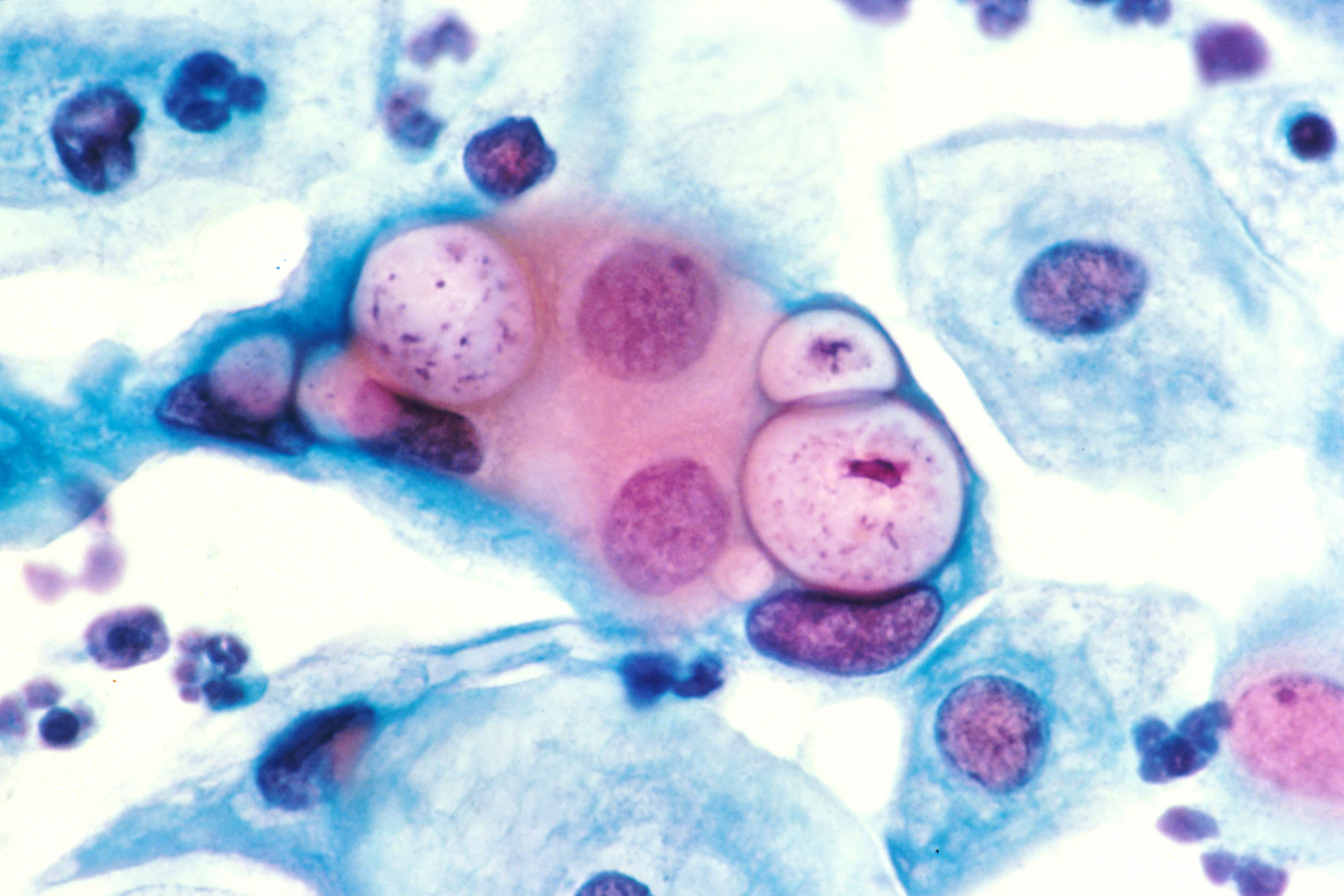Anyone engaging in sexual activity of any kind needs to be aware of STD’s, which can be passed from one person to another even if they’re not having penetrative sex. In some cases, mere skin to skin contact is enough to cause an infection, as is oral sex. And while we all know using condoms significantly reduces the chances of contracting an STD, it doesn’t mean you’re completely free from risk. In fact, STD’s are so common most people have had one even if they weren’t aware of it at the time.
The good news, however, is that they are, for the most part, easily treatable, and by increasing your awareness of sexual health much can be done to prevent catching them in the first place. But for those who do require treatment, recognising your symptoms is crucial, yet some types of STD’s can easily go unnoticed. Chlamydia, Gonorrhea and Herpes are among some that are difficult to spot, so for anyone who is having regular sex the best thing to do is to get yourself tested and recommend that your partner does the same.
In most cases, an STD diagnosis will be based upon the physical findings produced by a test. Also, a patient’s clinical history will usually be determined by a physician asking specific questions.
Chlamydia, for instance, is a common STD that can infect both men and women alike. It’s spread through vaginal, anal and oral sex, and as it’s often contracted without any visible symptoms, this, unfortunately, means it can easily be passed on to others without anyone realising. And while you might not know you have it, if left untreated it can lead to serious health problems later on in life.
On a positive note, once a diagnosis has been made, Chlamydia treatment is fast and effective. In fact, Chlamydia treatment is usually as simple as a course of antibiotics. This, of course, only reiterates how important STD testing is, and using condoms during sex greatly reduces the chances of catching it in the first place.
Another common bacterial STD is Gonorrhoea, which people often get along with Chlamydia, and, again, often without displaying any obvious symptoms. If they do display them, though, they are usually very similar in appearance: an unusual discharge from the vagina or penis, or pain and burning when you pee.
Even easier to catch is Herpes, which often only requires skin to skin contact. Symptoms include painful blisters around the vagina, penis or anus, although in some cases the blisters are inside the vagina or anus where you can’t see or feel them. Fortunately, Herpes is a virus and, as such, is easily treatable.
It’s also important that, if you are diagnosed with an STD, to let both your current and previous sexual partners know so they can get tested and treated if required. This can be difficult for everyone involved, but, remember, your health care professionals are there to help you, and can provide all kinds of advice and support, as well as treatment.
When it comes to preventing STD’s in the first place, knowledge is power. The more information you have about how to look after your sexual health the better. Health care classes can be extremely useful, as can having frank discussions with friends and family about how best to protect yourself.
We are, of course, all sexual beings, but, in the end, it’s about being a responsible sexual being: responsible for yourself, your partner, your family and your community. And getting tested really couldn’t be easier, so, for those who are sexually active, it’s certainly something to think about doing sooner rather than later, whether you’re feeling unwell or not.
What do you think?
Advertisement








